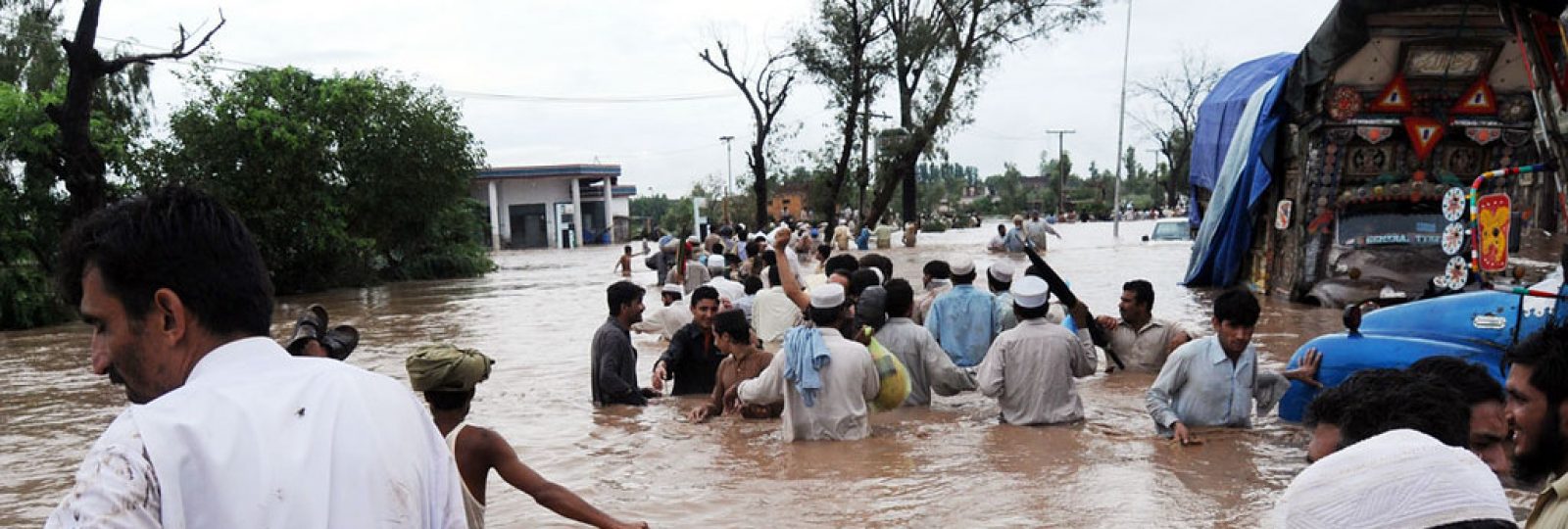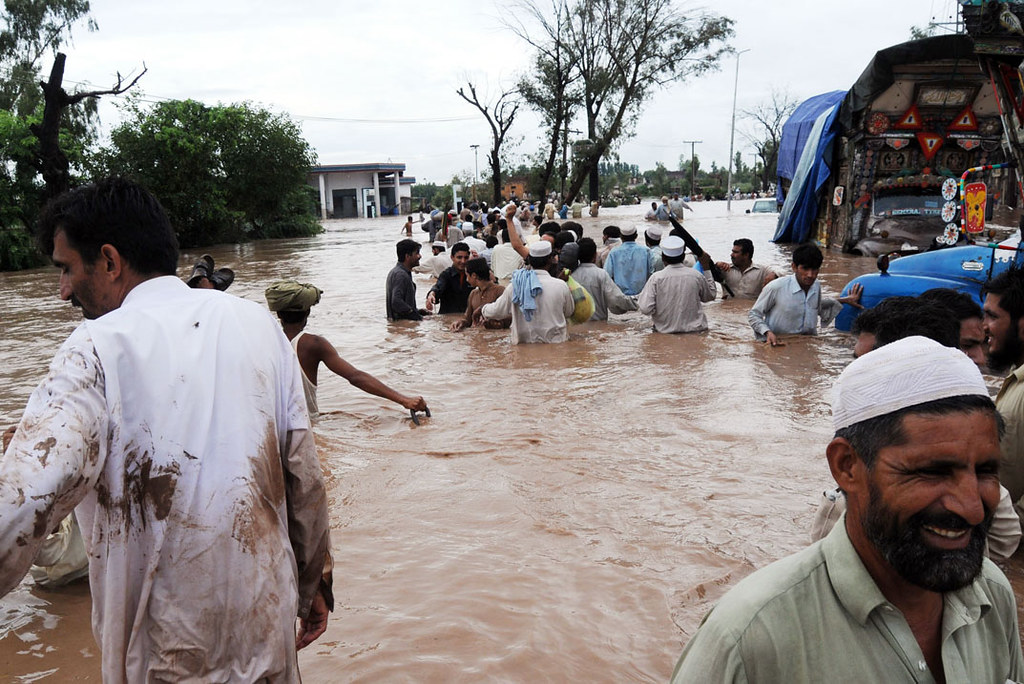In the Loop with Austin: Disaster in Pakistan
Flooding hits Pakistan hard
Share this story

It’s June of 2022, in Pakistan, and monsoon season, is underway. A regular occurrence in the area, but this monsoon season is far from ordinary. Fast forward to late August. Headlines scatter across every world news station of significance. Just over 1,000 people have perished, and millions were displaced in these apocalyptic-like floods, how did this happen?
But before I explain the floods, you need to understand Pakistan’s geographical location and economic state. Pakistan became an independent country in 1947 from India. It lies just west of India. The southern border of Pakistan borders the Arabian sea. The Arabian sea is a crucial part of Pakistan’s economy, as all trade, and export/imports come in and out through the sea. Stemming from this sea is the Indus River, this river runs through the entirety of Pakistan, on top of this, another significant factor in the severity of the situation is the population. Despite being 12 times smaller than the United States, it has 203 million people. And is amongst the most densely populated countries in the world, not to mention they have a severe overpopulation problem.
Junior Raahim Ali said, “It’s sad to see. My parents came from Pakistan. It is truly unfortunate to see what is happening in Pakistan.”
Southeast Pakistan has been hit hard by these monsoon rains. With a large concentration of flooding in the Sindh Region of Pakistan. The state of Sindh lies in the southeast part of Pakistan and has the central city of Karachi. Karachi has a population of just under 15 million and is in the top 15 most densely populated countries in the world.
Mr. Anjum, a former veteran of the Pakistani Army, said “most devastating floods ever seen, almost 30 million are suffering, housing and crops have been destroyed, animals like sheep, goats, and cows — a lifeline for the villagers– have died, and the economy has suffered by about 30 million dollars.
Why should you care about this? Because this is a direct result of our actions. A major factor in this flood is undeniably due to climate change. When temperatures change and rise, massive ice shelves begin to collapse and ice melts causing a noticeably large rise in sea level. This combined with more frequent rain in this monsoon season was a recipe for disaster.

To help the millions in need visit any one of these websites
